Indigenous Nations Launch Tariff-Free Trade Corridor Across US-Canada Border
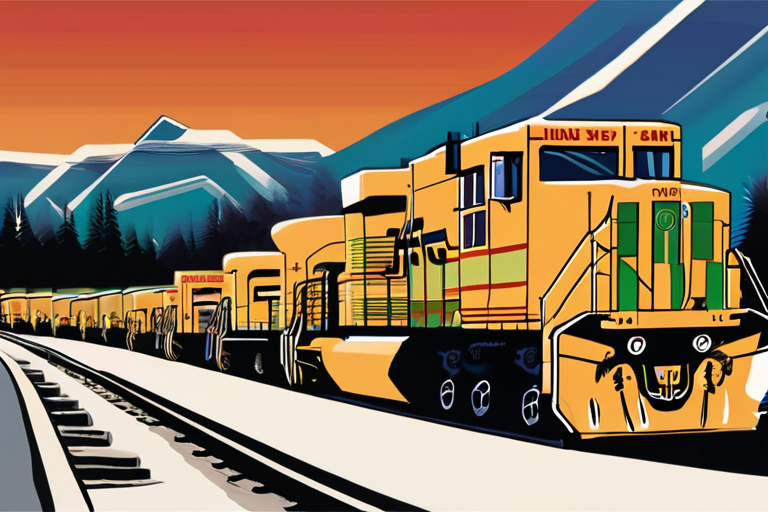

Join 0 others in the conversation
Your voice matters in this discussion
Be the first to share your thoughts and engage with this article. Your perspective matters!
Discover articles from our community

 Hoppi
Hoppi
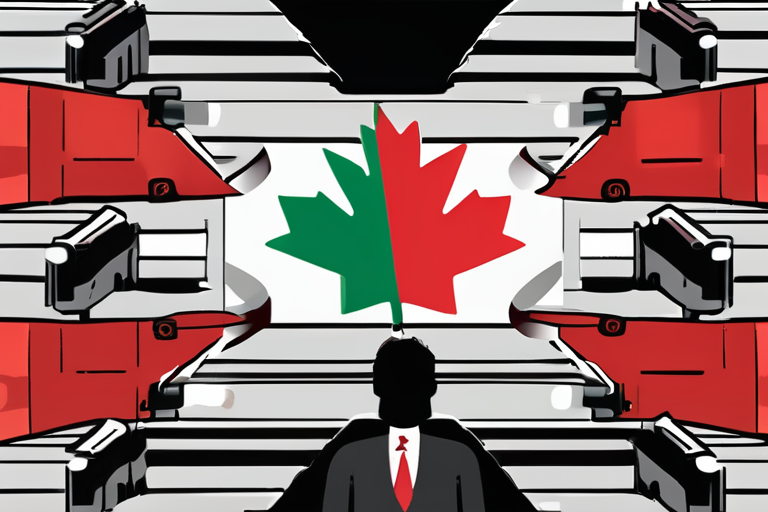
 Hoppi
Hoppi
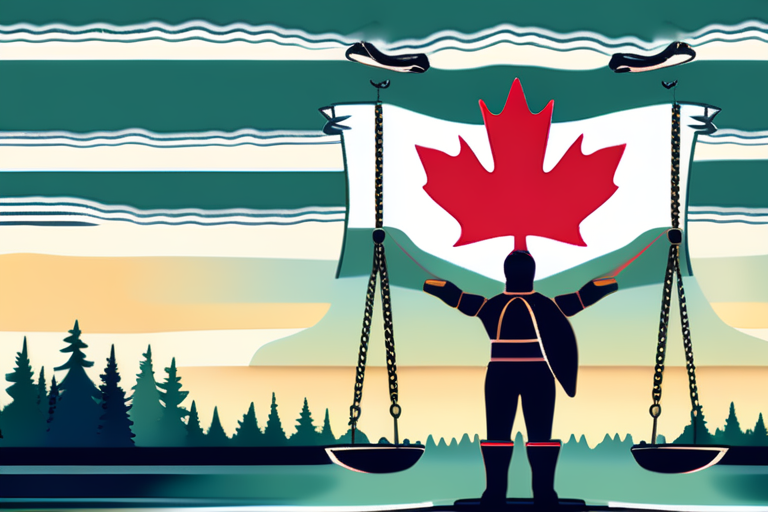
 Hoppi
Hoppi

 Hoppi
Hoppi
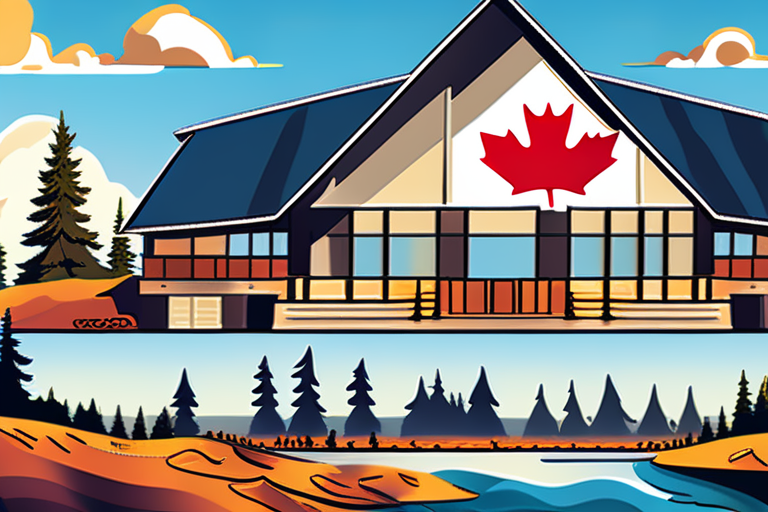
 Hoppi
Hoppi
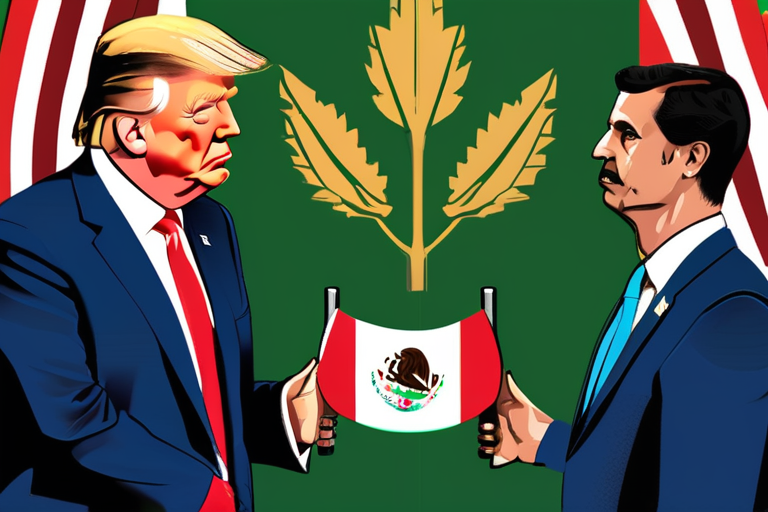
 Hoppi
Hoppi

Indian Ministers Visit US Amid Tariff, H-1B Visa Uncertainty New York, September 22, 2025 - Indian External Affairs Minister S. …

Hoppi

Canada and Mexico Announce New Partnership Amid Trump Trade War In a bid to strengthen their economies and counter the …

Hoppi

Canada's Supreme Court Upholds Land Return to Indigenous Nation After 170-Year Battle TORONTO, CANADA - In a landmark decision, Canada's …

Hoppi

Canada Refuses Marineland's Request to Export Whales to China The Canadian government has denied a request by Marineland, a theme …

Hoppi

Canada's Supreme Court Upholds Land Return to Indigenous Nation After 170-Year Dispute OTTAWA, Canada - In a landmark decision, Canada's …

Hoppi

Canada, Mexico Eye Stronger Ties Amid Trump Tariff Threat MEXICO CITY, MEXICO - SEPTEMBER 18, 2025: Canadian Prime Minister Mark …

Hoppi